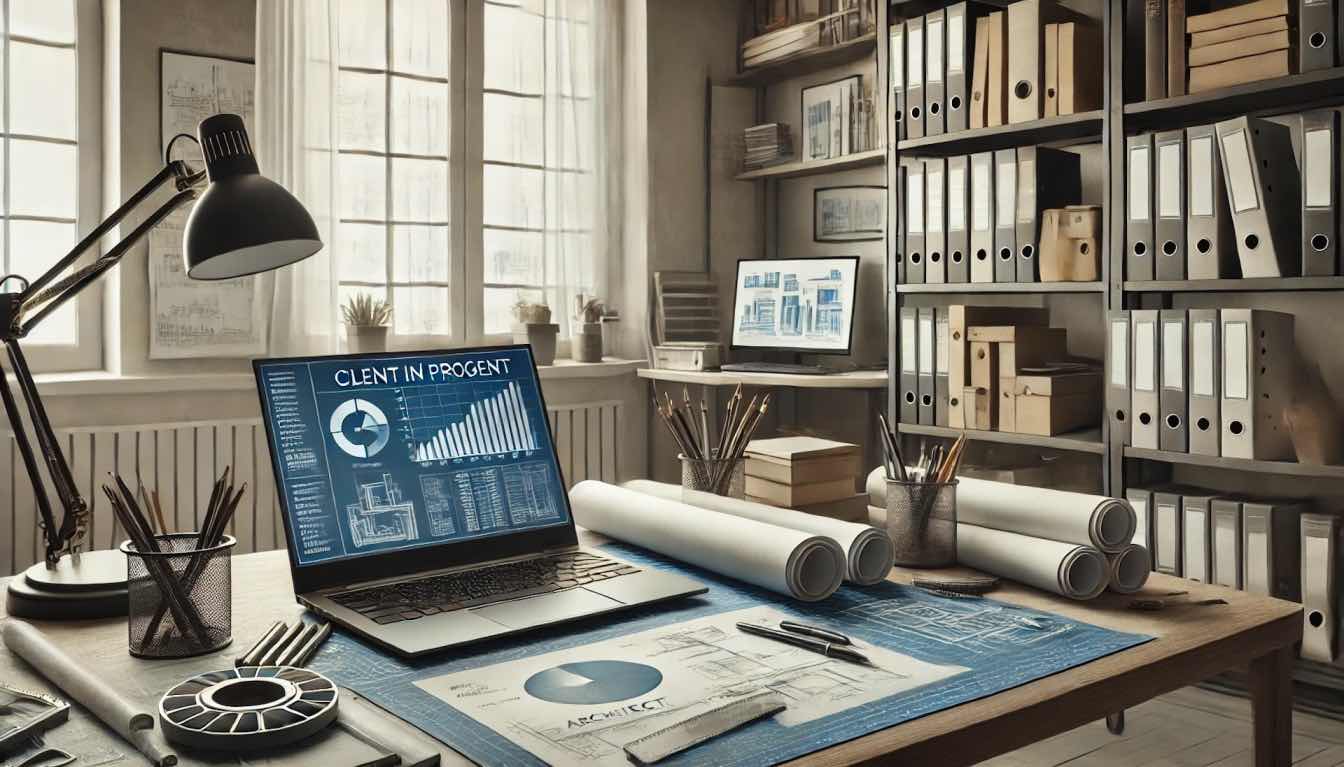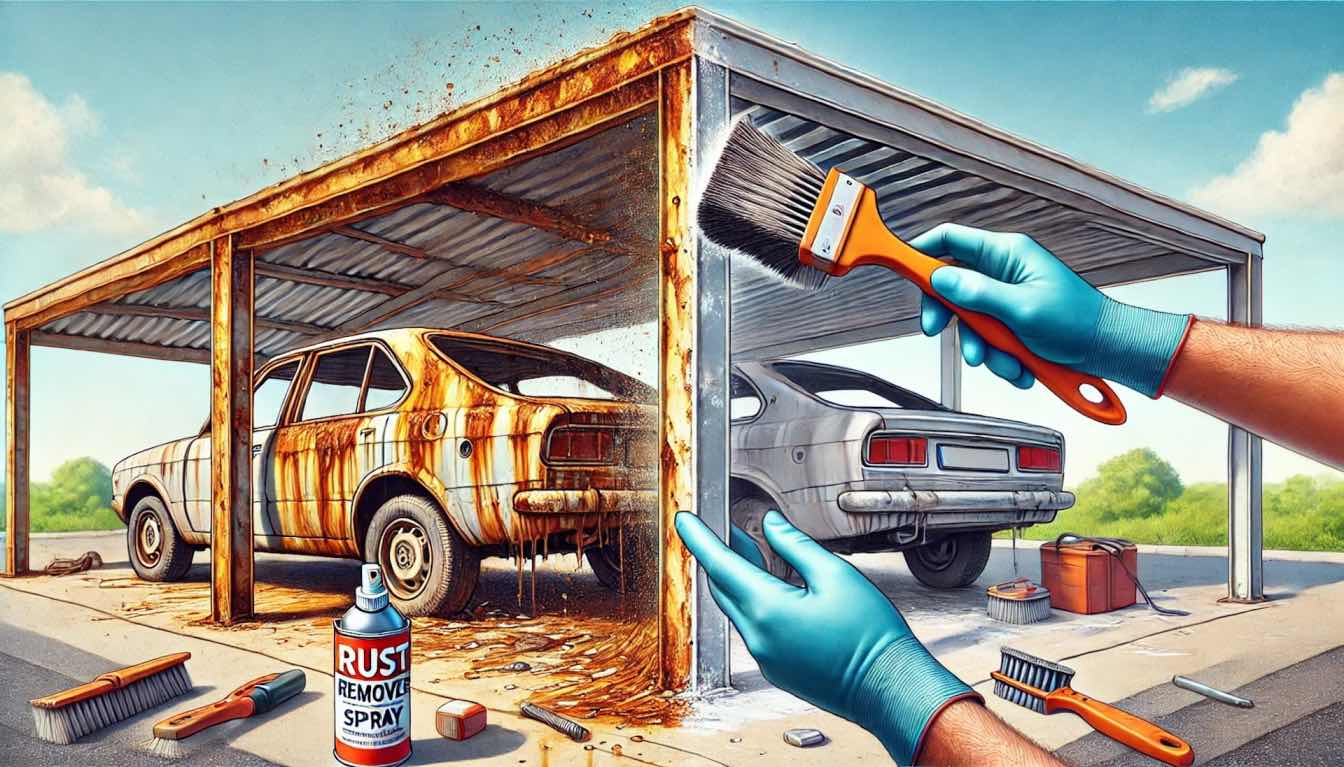Choosing the right siding for your home is not just about aesthetics; it's also a decision that should stand up to the elements. Weather can be a tough opponent, affecting both the durability and appearance of siding materials. In this guide, we'll explore the impact of various weather conditions on siding and share insights on how to make wise choices that withstand the test of time and climate.
Understanding the Weather Factors
Temperature Extremes
When it comes to temperature, siding materials can be sensitive souls. Extreme heat and cold can lead to warping, cracking, and other undesirable effects. Vinyl siding, however, is like the cool cucumber of the siding world. It resists warping and cracking, making it a solid choice for areas with fluctuating temperatures.
Moisture and Humidity
Moisture and humidity are the mischievous twins that can wreak havoc on siding. Wood, although charming, can be a bit high-maintenance in humid climates, prone to rot and mold. On the other hand, fiber cement is the superhero in this story. It resists moisture, doesn't rot, and stands tall against the forces of humidity. For more details on siding replacement cost, head over to Rise Renovation.
Wind Resistance
Living in a windy city or storm-prone area? Siding needs to be your home's shield. Some materials, like metal siding, are like the superheroes of wind resistance. They stand strong against gusts, making them a reliable choice for areas prone to storms.
Siding Materials and Weather Resilience
Vinyl Siding and Weather
Vinyl siding is the laid-back surfer dude of the siding world. It handles temperature variations and moisture like a champ. No warping, no cracking – just smooth sailing. So, if you want a siding material that can handle the ups and downs of weather without breaking a sweat, vinyl might be your wave.
Wood Siding and Weather
Wood siding, while timeless and elegant, can be a bit of a drama queen in certain weather conditions. It reacts to changes in temperature and humidity, demanding a bit more attention. Treating it right and providing regular maintenance can help it weather the storms with grace.
Metal Siding and Weather
Metal siding, the metallic marvel, is built to last in harsh weather conditions. It laughs in the face of rust and holds its own in extreme temperatures. If you want a siding material that can withstand the elements with an industrial-chic vibe, metal is the way to go.
Reasons Why Siding is a Good Investment for Your Home
Are you on the fence about replacing the siding on your home? Many owners will delay this project because of the price. They see it as a huge task and one that can empty their bank account with not a lot to gain. But, this isn’t true. First, there are renovation companies that can offer you a good price for siding. In addition, there are a lot of benefits to this investment that make it worthwhile. Let’s take a look at what those advantages are.
Increases Your Property Value
One of the best things about siding is that it improves your property. Thus, it’s going to increase its value. What you pay for this renovation will come back to you when you sell your home. Not only will people like how it looks, but it will help with energy efficiency and elements that boost the property value. So, when you decide you want to sell your home, you can get a higher price. This is something that every owner wants to hear.
More Curb Appeal
Of course, siding is something that can improve the appearance of your home. It can be the facelift it needs, and that makes you feel proud of your property. It’s more noticeable than you think, and it gives a fresh and modern style to any home. So, don’t underestimate how much siding can transform your home. It can give you the boost you need and allow you to take pride in your house.
Better Energy Efficiency
Something that people forget about when it comes to siding is that it has an important job to play for your home. Indeed, it can offer protection against the elements. But, it can also play a part in boosting energy efficiency. When you choose the right siding materials, it can help with insulation. This can ensure that your indoor temperature is comfortable. In turn, it can reduce your heating and cooling bills.
Conclusion
By understanding the impact of weather factors and choosing a siding material that aligns with your local climate, you're not just upgrading your home; you're future-proofing it. Whether you're in the heart of a city with temperature extremes or enjoying the coastal breeze, your siding can be both a fortress and a statement piece. So, go ahead, choose wisely, and let your home stand tall in the face of every weather tantrum.





